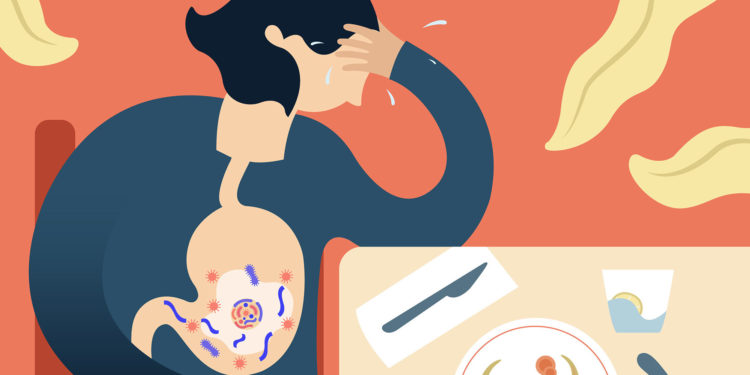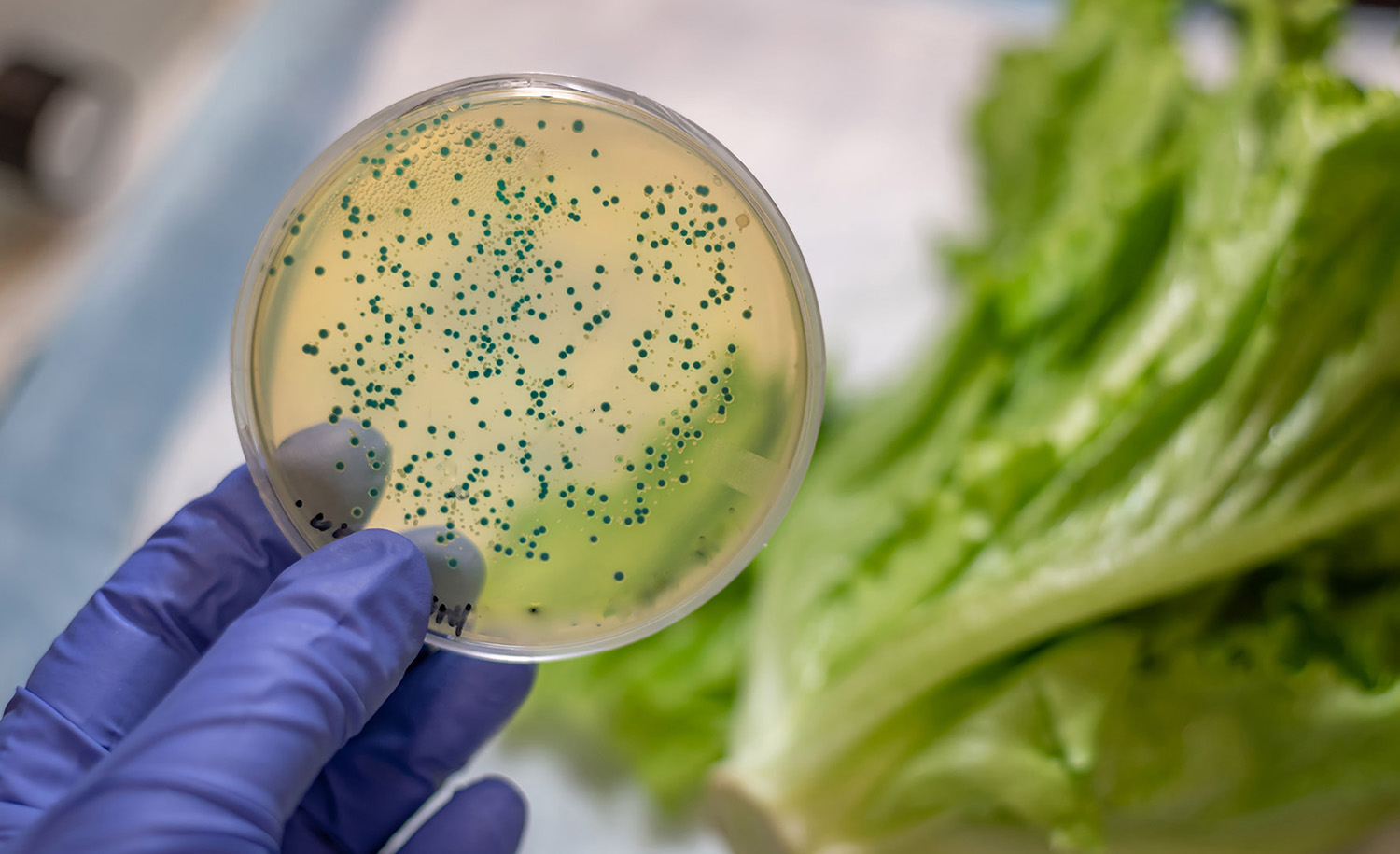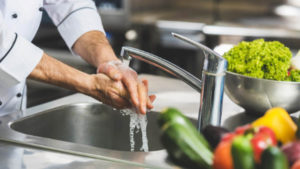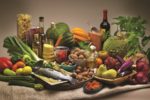September is National Food Safety Education Month

Story by Jeanie Edgmon
Vibrant, colorful, and flavorful, food is so much more than nutrition. It is a way to express and explore culture; it helps us celebrate life’s moments and creates and evokes memories. It is a vehicle for expanding the community, expressing gratitude, sharing the bounty, and belonging.
Food does not just sustain life, it fuels it.
As you might expect, something so important and valuable needs to be handled with respect.
The food supply in the United States is among the safest in the world — but it can still be a source of infection, especially when not handled properly. According to the Centers for Disease Control and Prevention (CDC), foodborne pathogens cause up to 48 million illnesses, 128,000 hospitalizations, and 3,000 deaths in the United States each year.
Many of these incidents could be avoided with the right knowledge and practices. September is National Food Safety Education Month, and a great time to remind ourselves of safe practices and prevent foodborne illnesses while we embrace all that food is to us as a society.
It is easy to take food safety for granted. After all, we live in a country with high standards in food safety and we can be relatively sure that the food we buy is safe for consumption. But the safety of food also depends on how we handle it, from transport to consumption.
If asked, most of us would think that we observe safe food handling and do not put ourselves at risk. Experts say, not so fast. There are many practices that get overlooked that could cause risks.
One of the most common mistakes people make is in handling flour and other low-moisture foods (LMF). Research has shown that pathogens do not thrive in low moisture foods. This understanding can lead consumers to assume such foods require less care in their treatment and preparation than foods that may be considered a higher risk, such as raw meats.
While pathogens do not thrive in low-moisture foods, they do survive very well in these dry environments when stored at room temperature or above. Pathogens such as Listeria monocytogenes, Salmonella, and viruses are known to be able to survive on low-moisture foods for long periods of time — years even. In the cases when the low moisture products are reconstituted, the bacteria proliferate when the moisture level is increased.
Snacks are another area that can pose risks we may not consider. In this fast-paced society, we often have to eat on the run. Many times, this means packing lunches and snacks to-go to get us through the day. Typically, we carry tiny protein pick-me-ups in our bags for extended periods of time, making them at risk of bacterial growth. Bacteria that can cause food poisoning (foodborne illness) grow quickly when food sits in the “Danger Zone” between 40°F and 140°F, which includes room temperature. This means these pick-me-ups can lead to a serious letdown.
4 Steps to Food Safety 
The USDA recommends that consumers take these steps to increase food safety.
- Clean: Wash hands frequently.
- Separate: Keep raw meat, chicken, turkey, seafood, and eggs separate from other foods.
- Cook: Cook foods to a safe internal temperature to kill germs that could make you sick. Measure with a food thermometer because you can’t tell if food is fully cooked just by looking at the color.
- Chill: Refrigerate your leftovers and other perishable food within 2 hours of cooking. If it’s warmer than 90°F outside, refrigerate leftovers after only an hour. Keep your refrigerator at 40°F or below.

Food Safety While Eating Out
While dining out will not cure all the world’s problems, there is research to suggest a link between eating at restaurants and joy. It is hardly a mystery, though, that would be true with so many talented chefs all over the nation creating food magic. But of course, not every restaurant observes the highest standards of practice when it comes to food safety.
When dining out, it is up to consumers to look for signs that food safety is a priority. This includes displayed inspection scores and food handling certifications. Cold foods should be served cold, and hot foods hot. If meat, fish, or eggs are not cooked fully they should be sent back and cooked until they are safe to eat.

Best Practices Using Delivery Services
With increased work and personal demands, there is no wonder why there is greater demand for convenient services such as food delivery and meal kits. These services include a wide range of types of foods, from fast food delivery to healthy meal kits and grocery delivery. Home-delivered food, like all food, must be handled properly to prevent food poisoning.
When using a food delivery service, it is important to ask questions about delivery practices and arrange the safe delivery and storage of the food. Use a food thermometer to check the temperature of perishable food when it arrives.
Perishable food that has been shipped should arrive frozen, partially frozen with ice crystals still visible, or at least as cold as it would be in a refrigerator (40°F or below). Even if a perishable food product is smoked, cured, vacuum-packed, or fully cooked, it still must be kept cold.
When using grocery delivery services, consumers should be aware of delivery times. Perishable foods should never be left to sit outside or inside without refrigeration. The best practice is to have someone available to receive deliveries or have a space that is accessible to delivery persons to place perishables in a refrigerator.
New Ways to Educating the Public
A 2016 study, Recipe Modification Improves Food Safety Practices during Cooking of Poultry published in the Journal of Food Protection, is getting new attention and playing a role in educating and training the public in safe food handling.
The study found that safe practices such as washing hands or washing utensils between use in food preparation increased significantly when those safety practices were included systematically in the recipe.
Most recently, this finding has led many organizations, such as the Partnership for Food Safety Education, to provide online cookbooks with healthy recipes modified to include safe handling instructions. Popular YouTube cooking channels are also following suit and demonstrating safe food handling practices.
Food is so much more than nutrition. It is about preparing, creating, discovering, exploring, and inventing ourselves through our culture and foods. Healthy Kansas City wishes to encourage everyone to practice and promote safe food handling services.
For More Information
Recipe Modification Improves Food Safety Practices during Cooking of Poultry
https://meridian.allenpress.com/jfp/article/79/8/1436/173953/
Recipe-Modification-Improves-Food-Safety-Practices Partnership for Food Safety Education






